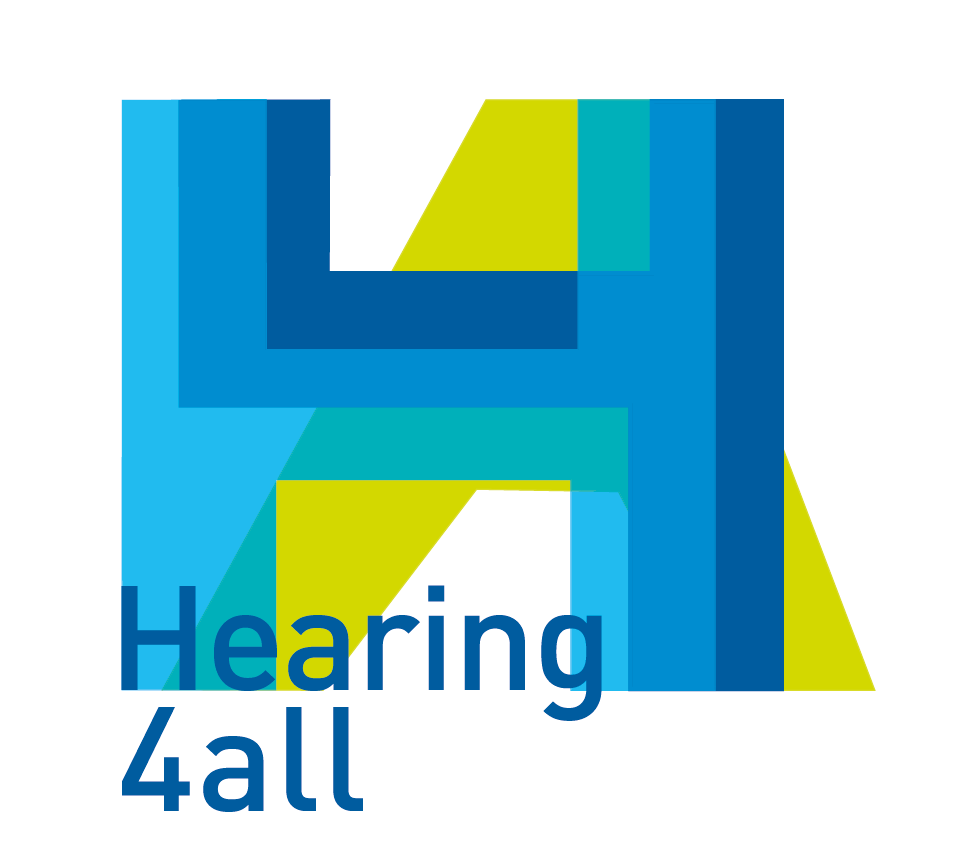Evaluating fast-acting compression in basic psychoacoustic and speech tasks
Multi-channel wide dynamic-range compression (WDRC) is involved in the signal processing schemes of most modern hearing aids. Commonly used nonlinear-gain prescriptions (e.g., DSL v5.0, NAL) do not make specific recommendations for other parameters of compression amplification, such as time constants or the number of processing channels.
Currently, there is no consensus regarding optimal values of these parameters. Studies using speech recognition as an outcome measure have shown mixed results, partly due to the differences in testing conditions (e.g. overall input levels and signal-to-noise ratios), differences in individual cognitive abilities, and differences in available cues for speech recognition. The latter likely depend on the degree and configuration of the hearing loss.
Here, a model of auditory processing (Jepsen et al. 2011) was used to compare linear and various compression schemes in terms of individual listener’s performance in basic psychoacoustic tasks. Specifically, time constants and the number of channels were chosen to provide the best possible improvement of the simulated aided performance of hearing-impaired listeners in tasks assessing spectral and temporal resolution. The simulation outcomes indicated that compression with a sufficiently large number of channels and short time constants can provide a benefit over linear amplification. These results were verified in aided psychoacoustic experiments.
Further, speech recognition performance of the same group of hearing-impaired listeners with compressive and linear amplification was investigated. Speech reception thresholds (SRTs) were measured using two different speech corpora and maskers. Dantale II (Wagener et al., 2003) sentences were presented with ICRA7 fluctuating noise and resulting SRTs were expected to be negative. Using the DAT corpus (Nielsen et al., 2014), the target talker was presented with two competing talkers and positive SRTs were expected in this condition. It was hypothesized that compressive processing may be more beneficial at negative signal-to-noise ratios (SNRs), hence the relative benefit of compressive over linear processing should be larger for the Dantale corpus.
Even though no significant interactions were observed, a trend was seen in the data suggesting that the relative benefits of compression and linear amplification might depend on the SNR. Studying the effect in more subjects and across a broader range of SNRs might help resolve these issues.
References:
Jepsen M.L.; Dau T.; J Acoust Soc Am 129(1) 2011 pp. 262-281
Nielsen J.B.; Dau T.; Neher T.; J Acoust Soc Am 135(1) 2014 pp. 407-420
Wagener K.; Josvassen J.L.; Ardenkjær R.; Int J Audiol 42 2003 pp. 10-17
Warning: Use of undefined constant s - assumed 's' (this will throw an Error in a future version of PHP) in /home/spinnluxnr/www/2017/pages/programme.php on line 208


